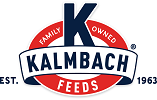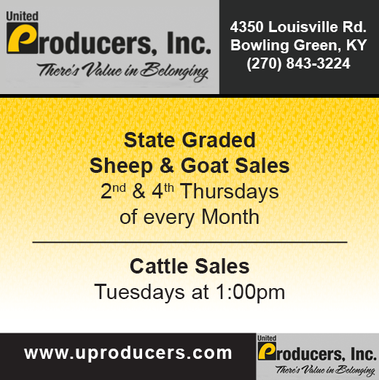The Bright Future of Agrivoltaics: Harnessing Solar Power and Sheep Grazing for Sustainable Agriculture
- Camren Maierle
- Sep 5
- 3 min read
Updated: Sep 11
Exploring the Synergy Between Solar and a Growing Sheep Industry
By Camren Maierle
Introduction
As the world grapples with the twin challenges of Increasing energy demand and food security, innovative solutions that bridge the gap between renewable energy and sustainable agriculture are gaining traction. Among these solutions, agrivoltaics—the practice of combining solar energy generation with agricultural production—stands out for its remarkable potential. Within this field, solar grazing, specifically with sheep, is emerging as a particularly promising approach, offering benefits for landowners, shepherds, and the community.
What is Agrivoltaics?
Agrivoltaics refers to the co-location of energy production and agricultural activity on the same piece of land. Traditionally, the installation of large-scale solar farms has been seen as a use of land that excludes other productive purposes, sparking concerns about competition between renewable energy and agriculture. However, agrivoltaics turns this challenge into an opportunity, allowing both solar electricity and sheep production to thrive in tandem.
The Opportunity of Sheep Solar Grazing
One of the most successful and scalable applications of agrivoltaics is solar grazing with sheep. Instead of relying exclusively on mechanical mowing, herbicides, or bare ground beneath solar arrays, sheep are deployed to manage the vegetation through natural grazing behavior. This practice creates a symbiotic relationship between the energy and agricultural sectors, benefiting both.
Land Management: Sheep efficiently control grass and weed growth around and under solar panels, minimizing maintenance costs and reducing the need for mechanical and chemical inputs.
Livestock Productivity: The solar panels offer shade and some protection from weather extremes, along with permanent exterior fence, reducing predator pressure.
Environmental Benefits: Grazing with sheep completes a biogenic cycle with emissions from livestock, reducing the carbon footprint associated with mowing equipment and herbicides. Grazing also drastically improves soil health and biodiversity of the pasture environment.
Economic Opportunities: Farmers and landowners can receive income from both solar lease payments and as vendors for vegetation management services. This promotes diversification of revenue streams and offers a land-banking opportunity for the life of the solar project.

Challenges and Considerations
While the opportunities are significant, successful agrivoltaic projects require thoughtful planning. Not all livestock are suitable for solar sites—sheep are ideal because they are small, docile, and unlikely to damage installations, unlike goats or cattle. Solar arrays may need to be designed or retrofitted to enable easy animal movement and access to water. Coordination between solar operators and farmers is essential for ensuring animal health and optimal energy production.
In addition, research is ongoing into genetic selection for more adaptable sheep, ideal pasture mixes, and the impact of solar panel shading on different types of forage. Education and outreach are needed to demonstrate the value of sheep solar grazing to both the renewable energy industry and the agricultural community.
Looking Ahead: A Win-Win for Energy and Agriculture
The integration of sheep grazing with solar farms represents a vision of the future where clean energy and food production are not mutually exclusive but mutually reinforcing. Agrivoltaics and sheep solar grazing offer a template for sustainable land stewardship that addresses some of the most pressing challenges of our time. By embracing these innovative practices, we can power our world, feed our communities, and promote the growth of the US sheep industry.


The American Lamb Board, in partnership with the American Solar Grazing Association, offers targeted grazing workshops designed to equip aspiring solar grazers with essential knowledge and practical skills. These workshops serve as a certification program, providing comprehensive training on best practices for integrating sheep with solar installations. Participants learn about animal welfare, vegetation management, site logistics, and industry standards—ensuring they are prepared to manage grazing operations responsibly and efficiently. Certification through this collaborative initiative signals credibility to solar developers and landowners, opening new opportunities for professional grazers and supporting growth in both the renewable energy and American sheep industries.
The American Lamb Board is exciting to bring this training to Franklin, KY October 15th-17th.
For more information about this training and to attend, reach out to Camren Maierle, Camren@americanlamb.com to reserve your spot today.














Comments